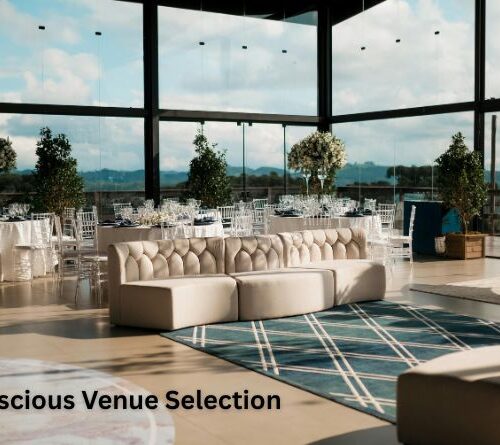Any sort of IT operation is bound to have a series of tedious and repetitive tasks that need swift handling. Doing them by hand in these cases takes up far more time and resources than what it’s with. This is where you integrate RPA with existing business systems PRA or robotic process automation, also known as software robotics. It makes use of intelligent technologies to execute repetitive and pesky office tasks such as filling in similar information into forms, extracting data, moving files, and many more.
How is RPA integrated into businesses?
There are three main capacities that help RPA integrate into existing legacy systems:
- Low-code capacities for automation scripts
- Orchestration and administration that make use of monitoring, configuration, and security
- Integration with enterprise applications
RPA makes use of legacy systems for the purpose of seamlessly moving several applications through a process of front-end integration.
What this accomplishes is that it lets the software take over the tasks that would otherwise have to be done manually. These include things such as logging in to a system, filling in information, copying and pasting information, etc. The front-end integration system is the differentiating factor from the back-end enterprises.
To put all of this in simpler terms:
You can think of an RPA as “performing” things, as opposed to artificial intelligence, which is more about “learning” and “thinking,” respectively.
What are the uses of RPA?
There are far too many uses and benefits that you can reap from integrating RPA into your work. These include:
Less coding
One of the most useful advantages of RPA is that it doesn’t need you to manually configure it. All you need to do is enable the drag-and-drop features to make it easier for non-technical staff to onboard tiffanyxduhh1.
Rapid cost savings
RPA significantly cuts down on the workload your team has. This way, the staff, and workers can focus their attention on priority and more urgent work that runs on detailed human input, which means more productivity and work balance.
Improved employee morale
By removing high-volume, tedious, and repetitive workloads from the team, RPA can greatly improve the mental health of employees. They can instead apply themselves to more strategic decisions and practices. This can greatly improve the morale of employees.
Better accuracy and compliance
Since RPA is wired to follow designated information, workflow, etc., it can massively reduce the presence of human error. This can be great for things like audits, policy compliance, and accuracy. It can also enable companies to better follow regulatory standards tiffanyxduhh1.
Wrapping Up
This brings us closer to some of the ways in which RPA can be migrated into existing legacy systems in companies. This process can become a boon in many ways as it takes off the burden from human workers on tasks that are far too repetitive and low reward, thereby improving the working conditions, all the while saving costs.
Read also: check
götz george bauchspeicheldrüsenkrebs
kontra k freundin celina euchner





